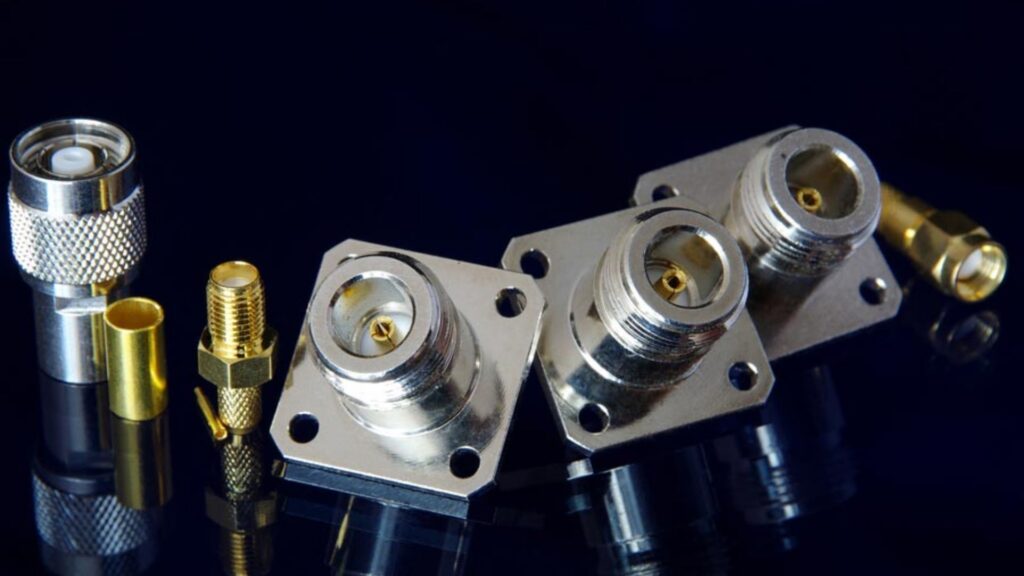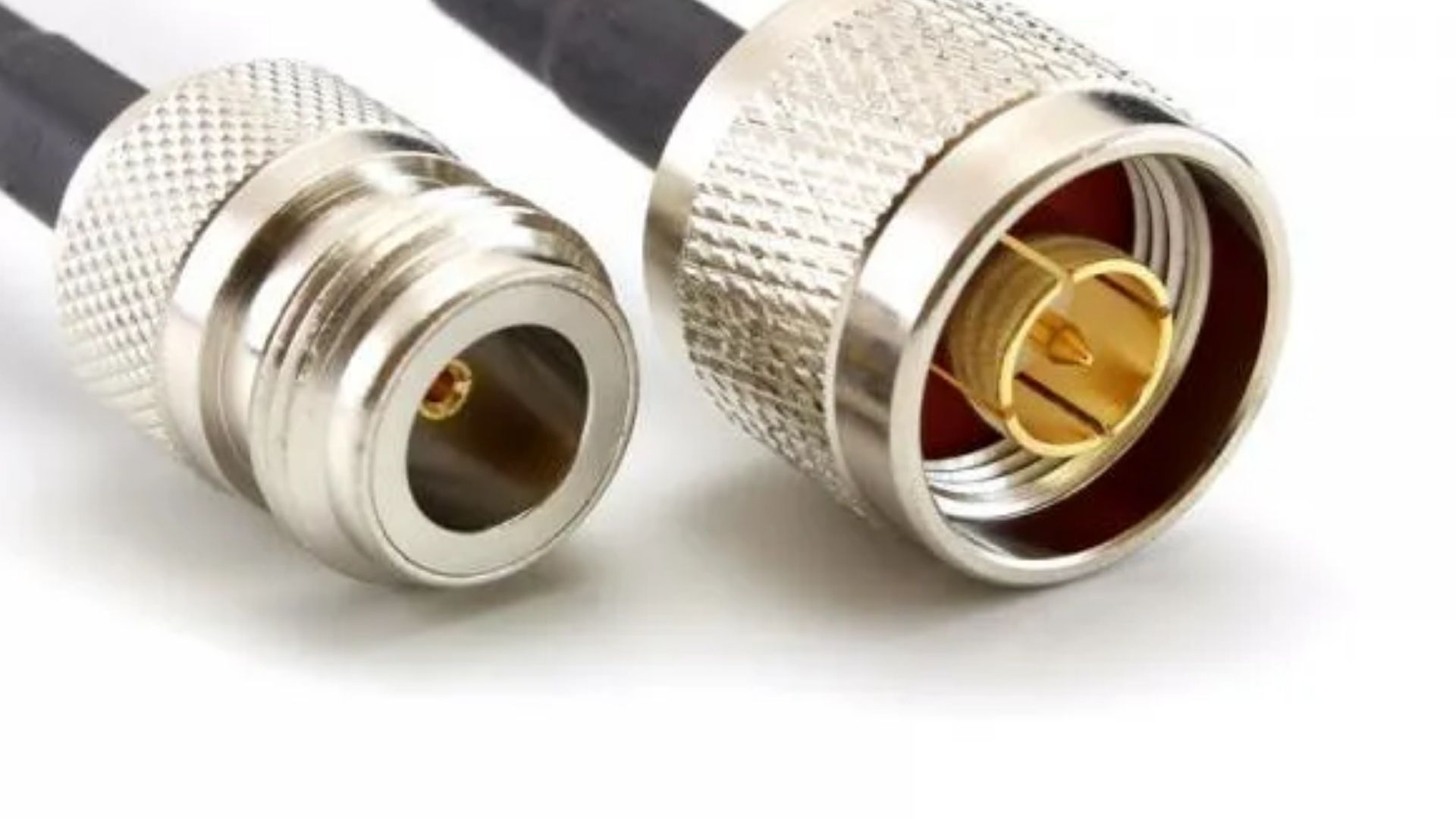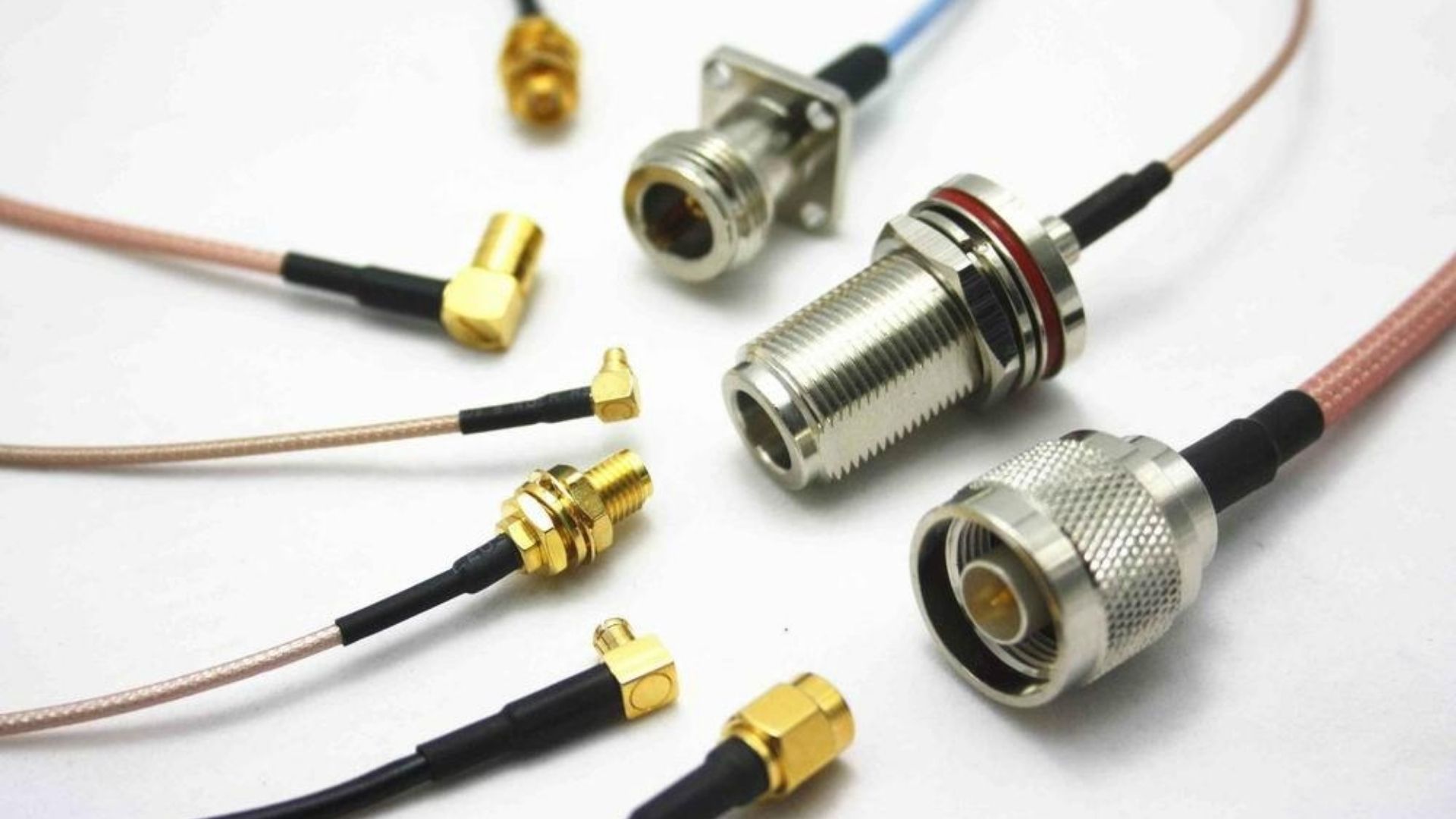Introduction:
Precision and performance are of utmost importance when it comes to Radio Frequency (RF) communications, and microwave communications in general. N Type RF connectors have become a go-to choice among professionals for reliable connections on this frequency band, and in this detailed exploration we’ll delve into their design, applications, advantages, and why many professionals prefer them over alternatives.
Understanding N Type RF Connectors:
N Type RF connector, known for their superior performance and durability, have been a cornerstone of RF technology since their inception. Developed during World War II, these connectors have evolved into a widely accepted and standardized solution in RF and microwave applications. The “N” in N Type stands for “Navy,” underlining their initial military use.
Key Features and Design:
N Type RF connector are designed to provide precise and dependable RF connections. They come in two primary impedance options: 50 ohms and 75 ohms, catering to different applications. The 50-ohm version is typically used in telecommunications, radar, and high-frequency applications, while the 75-ohm version is commonly seen in cable TV and broadcast equipment.
One of the standout features of N Type RF connector is their rugged design, making them suitable for challenging environments. The connector’s threaded coupling mechanism ensures a secure connection that can withstand extreme temperatures, moisture, and vibrations. This design minimizes signal loss and prevents accidental disconnections, ensuring consistent and high-quality RF transmission.
N Type RF connector are available in various sizes, including N Type, N Type L, and N Type SMA, each with its specific applications and frequency ranges. These connectors can effectively handle frequencies from DC (Direct Current) up to 18 GHz or higher, depending on the connector’s quality and design.
Applications:
N Type RF connector find applications across a diverse range of industries, including:
- Telecommunications: They are widely used in cellular base stations, antenna systems, and RF amplifiers, ensuring reliable signal transmission.
- Aerospace and Defense: N Type RF connector’ ruggedness and high-performance capabilities make them ideal for military communication equipment, radar systems, and aerospace applications.
- Test and Measurement: These connectors are essential in laboratories and testing environments where precision and accuracy are critical.
- Broadcasting: N Type RF connector are used in broadcasting equipment, satellite communication systems, and cable television networks.
Advantages of N Type RF Connectors:
- Durability: These durable connectors can withstand harsh outdoor and demanding environments, making them the ideal choice.
- Low Signal Loss: With its threaded coupling mechanism ensuring secure connections, N Type RF connector help minimize signal loss for increased signal integrity.
- Versatility: With various sizes and impedance options, N Type RF connectors can adapt to fit a wide variety of applications, providing engineers and designers with considerable freedom in terms of engineering design.
- High-Frequency Capability: N Type RF connector are specifically engineered to handle high-frequency signals, making them essential in applications where precision and performance are absolutely paramount.
Conclusion:
N Type RF connector are the pinnacle of RF connectivity solutions, offering the precision and performance required for today’s demanding applications. Whether you’re setting up a telecommunications network, working in aerospace and defense, conducting precise measurements in a laboratory, or ensuring high-quality broadcasting, N Type RF connector are the reliable choice for your RF connection needs. Understanding the features and applications of N Type RF connector is essential for professionals seeking the best in RF connectivity technology.



